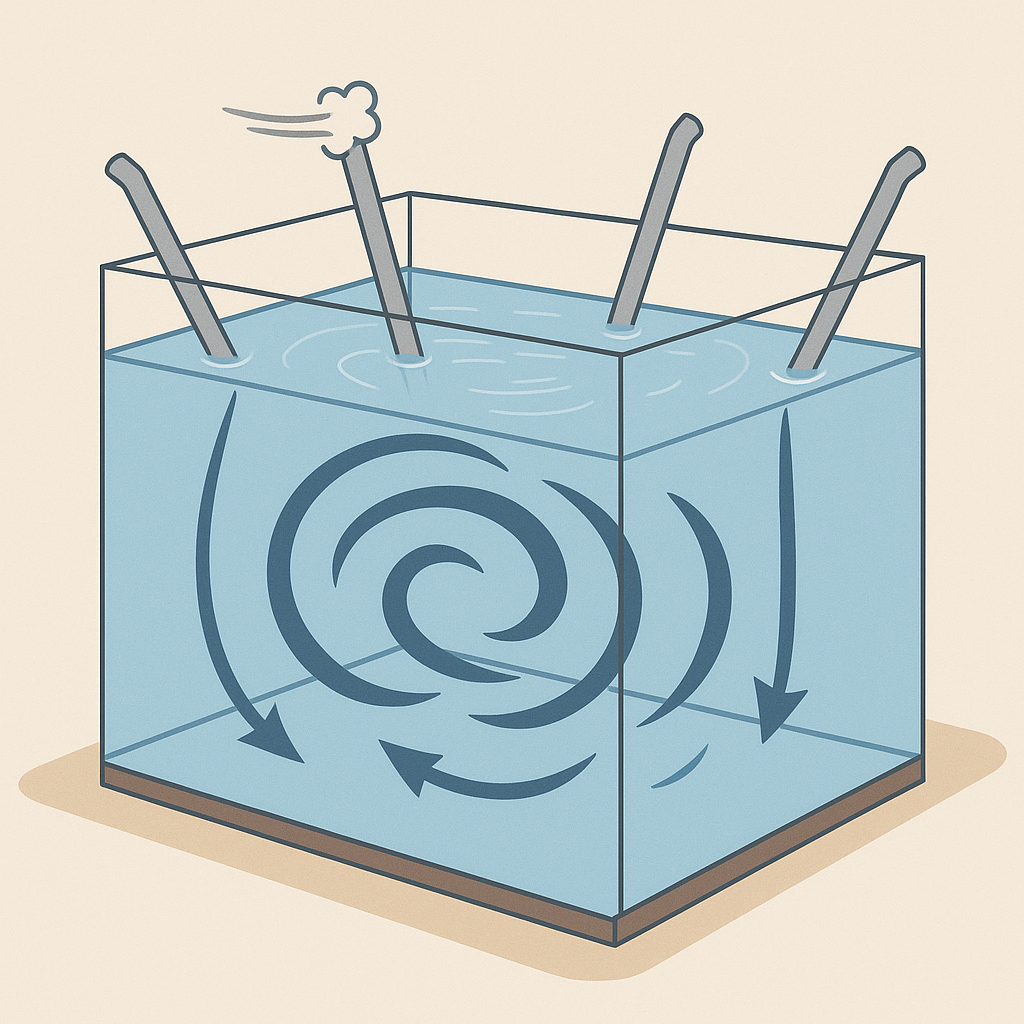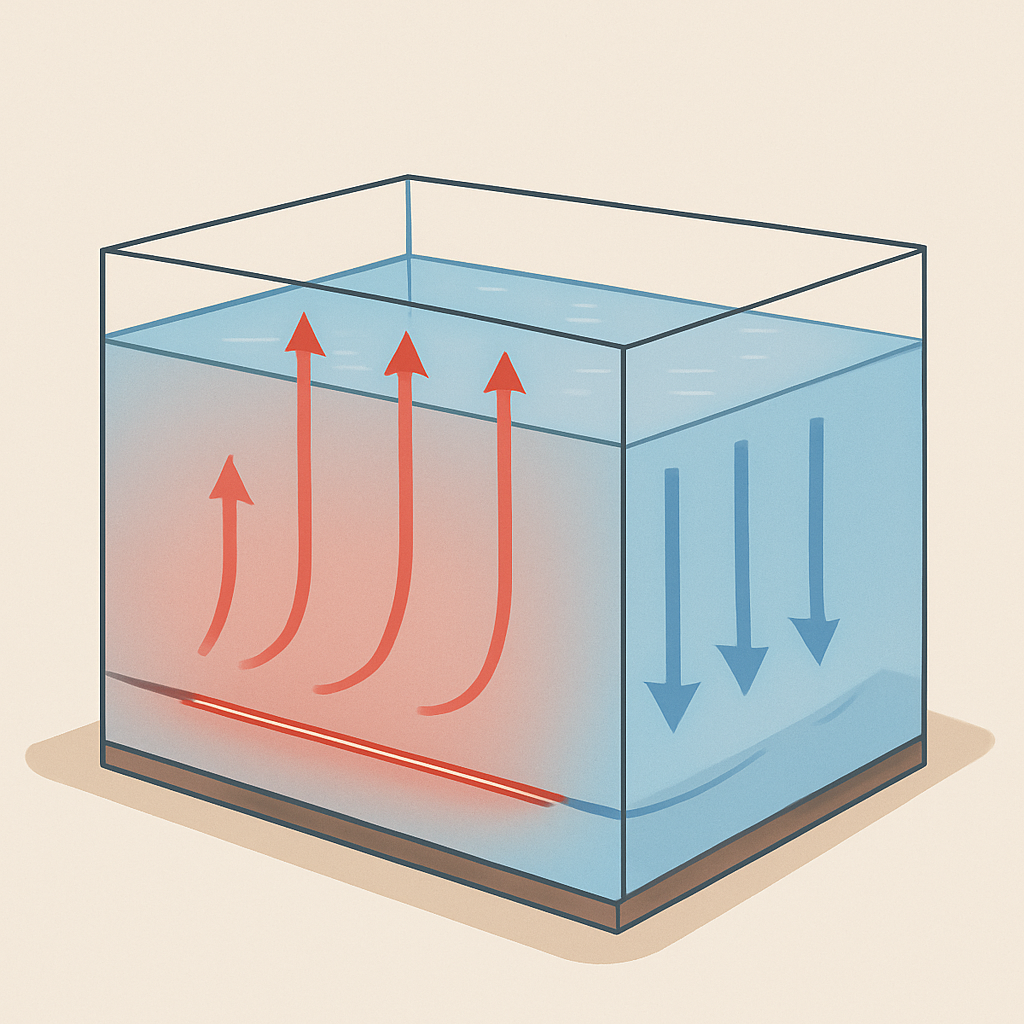How much can the slightest touch alter a turbulent flow? This seemingly simple question lies at the heart of two recent studies by Associate Professor of Mathematics Vahagn Nersesyan, co-authored with ShanghaiTech University Assistant Professor Manuel Rissel, a former Postdoctoral Fellow at NYU Shanghai.
Both papers take on a central challenge in mathematical fluid dynamics known as controllability, the question of whether one can steer a system from any starting state to any desired state using a set of controls. “Think of it like driving a car,” said Nersesyan. “If you can use the steering wheel and pedals to go from any point A to any point B, your system is controllable. For fluids, this question becomes infinitely more complex.”
In their first paper, published in Communications on Pure and Applied Mathematics, Nersesyan and Rissel studied the Navier–Stokes equations, which describe how viscous fluids move. They proved that it is theoretically possible to control such a fluid globally, meaning to guide its flow to any target pattern, by acting only in a tiny region with just four simple control inputs that vary over time.
“Imagine a large tank of water,” Nersesyan explained. We show that by blowing through four fixed straws, and adjusting how hard and how fast the air flows through them, you can make the entire tank swirl in almost any pattern you want.”

In other words, even when you influence only a small part of the system, the right sequence of coordinated pushes can still impact the whole flow. The finding shows that large, complex systems can be guided through surprisingly limited actions.
The second paper, published in Archive for Rational Mechanics and Analysis, pushes the idea further, this time to buoyancy-driven flows, where motion and temperature interact. Here, the team proved that even without applying any mechanical force, one can steer both the temperature and the movement of the fluid using only a thin heating or cooling strip.
“Imagine taping a single heating wire along the bottom of a tank,” said Nersesyan. “By carefully adjusting the temperature of that wire, without any fans or paddles, you can make the entire fluid move into whatever pattern you want. Warm water rises, cool water sinks, and this tug-of-war between heat and gravity carries the control signal throughout the system.”

This result marks the first demonstration that temperature control alone, applied locally, can be enough to guide the motion of an entire flow. It also shows that the control region does not have to be large or complicated. Even a narrow strip is sufficient when the heating and cooling are timed just right.
While both studies are highly theoretical, their implications reach far beyond mathematics. The results suggest new ways to think about efficient flow regulation, geophysical modeling, and climate or industrial processes, where well-timed local actions could create large-scale effects.
Looking ahead, Nersesyan hopes to use these ideas to explore one of physics’ most elusive frontiers: turbulence. “Understanding how a fluid can be driven by localized forces helps us understand how randomness and nonlinearity generate turbulent motion,” he said. His future work will focus on how energy cascades, mixes, and balances in complex systems that are driven by localized random inputs.


